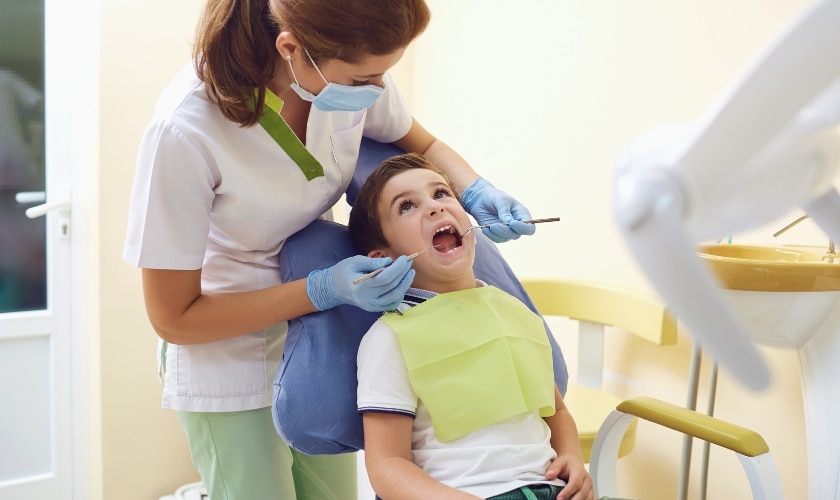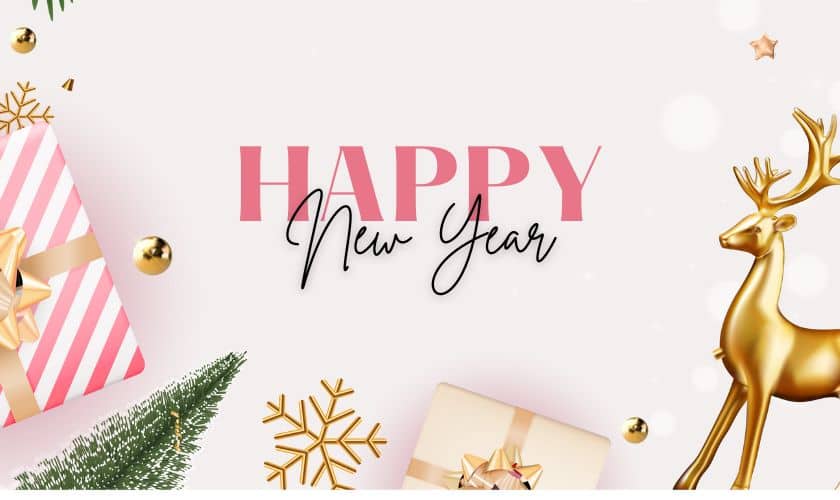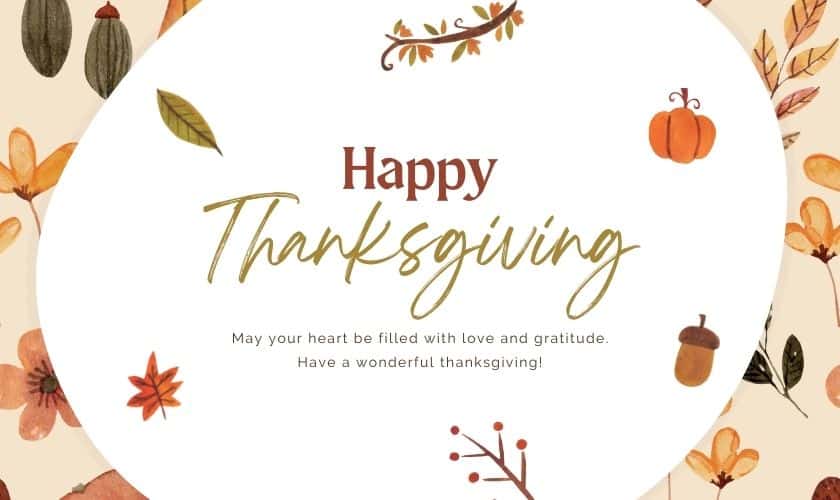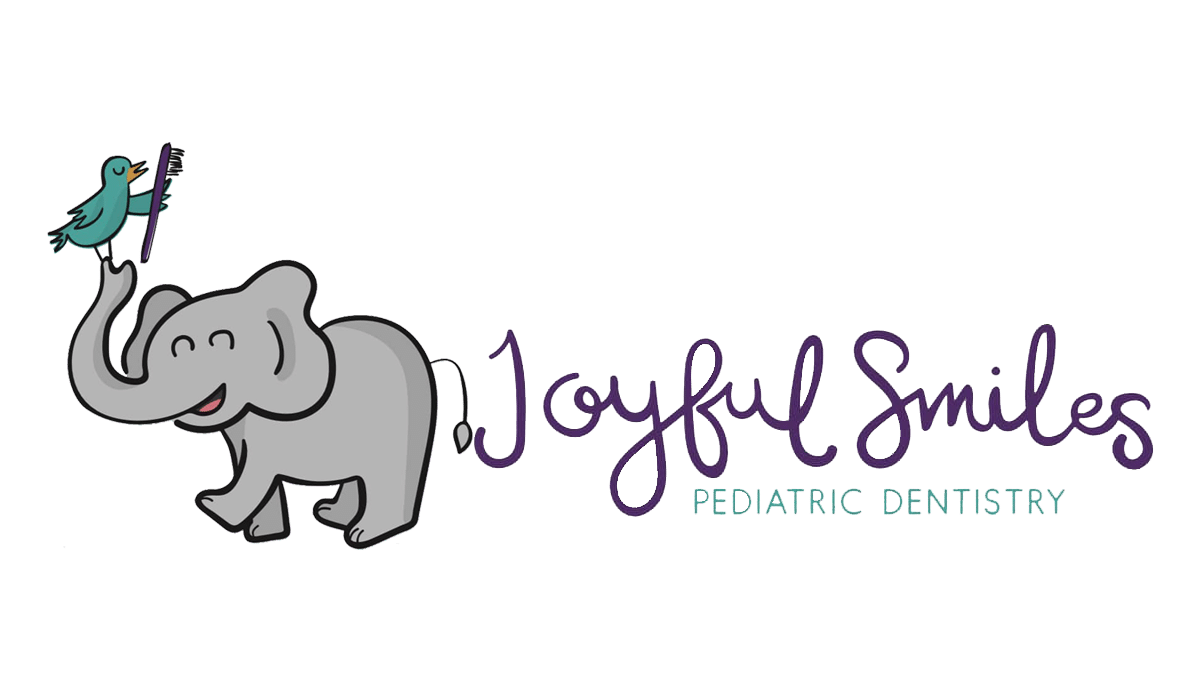Request An Appointment

Tooth Extraction Aftercare: Essential Tips For Better Care
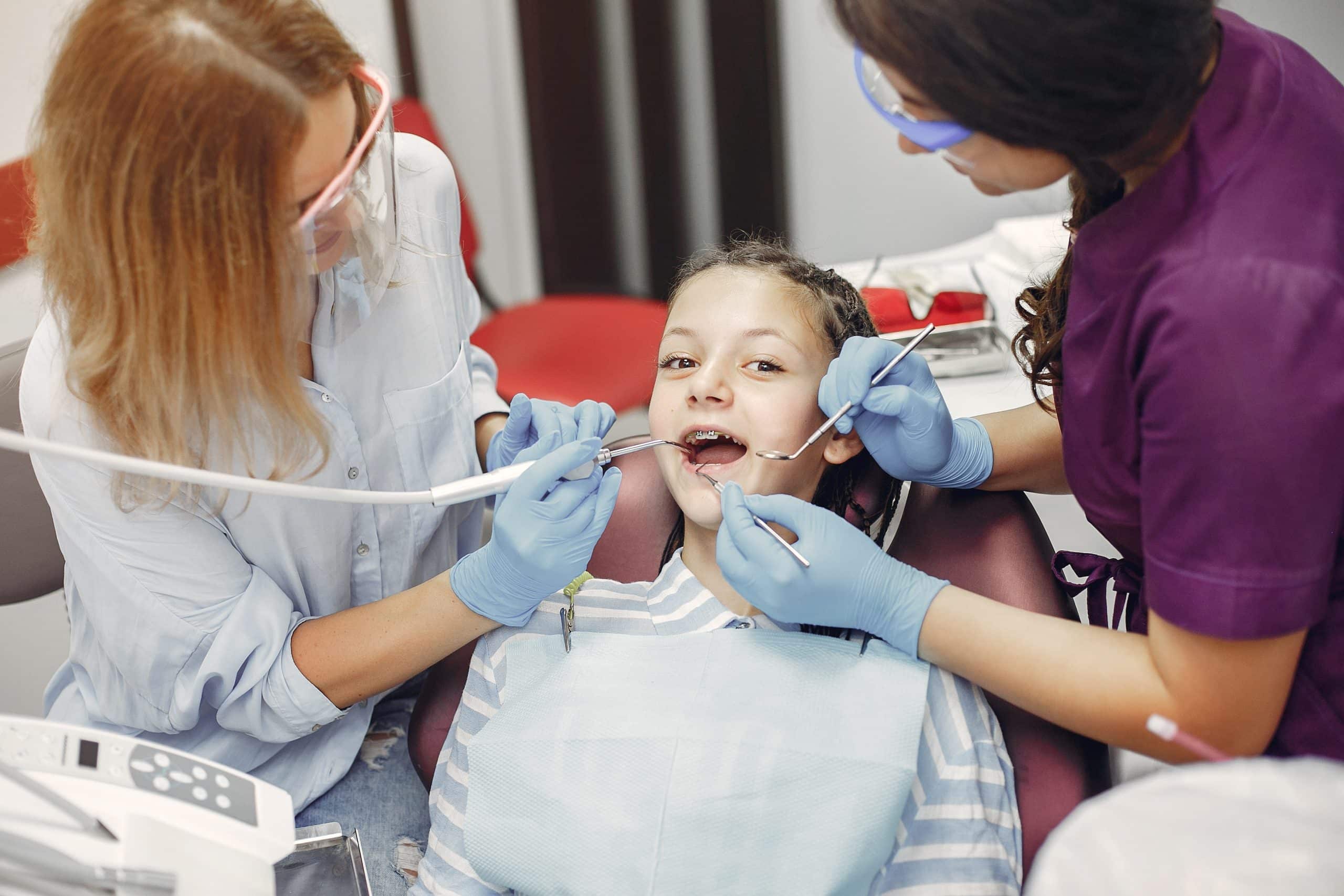
Tooth Extraction Aftercare: Essential Tips For Better Care
Are you scheduled for a tooth extraction? While the thought of getting a tooth pulled may be daunting, it’s important to remember that aftercare plays a crucial role in your recovery. Proper aftercare can help minimize pain and inflammation, prevent infection, and speed up healing time. In this blog post, we will share five essential tips to help you recover quickly and comfortably after your tooth extraction procedure. So sit back, relax, and let’s get started!
Rinse Mouth With Cold Water For 2 Minutes
After tooth extraction, it’s essential to keep the area clean and free of bacteria to prevent infection. One simple yet effective way to do this is by rinsing your mouth with cold water for two minutes after every meal or snack.
This may sound like a small step, but it can make a big difference in your recovery process. The cold water helps constrict blood vessels and reduce swelling in the affected area, which promotes faster healing.
When you rinse your mouth with cold water, be sure not to swish or spit forcefully as this can dislodge the blood clot that forms over the extraction site and lead to a dry socket. Instead, simply let the water flow gently around your mouth before spitting it out into a sink.
If you experience any pain or discomfort during rinsing due to sensitive teeth or gums, try using lukewarm water instead of cold. You can also add half a teaspoon of salt into warm water for added relief.
Remember that diligently following these aftercare tips will help ensure speedy recovery from tooth extraction and get you back on track in no time!
Apply Ice To A Cryotherapy Pad And Place It On The Outside Of Your Lip
After your tooth extraction, it is common to experience swelling and discomfort in the affected area. Applying ice on the outside of your lip can help reduce this inflammation. However, it’s important to use a cryotherapy pad instead of a direct ice application.
A cryotherapy pad is specially designed for medical purposes and formulated to provide consistent cooling without causing damage to your skin or other tissues. Using direct ice application can result in frostbite or other complications.
To apply the cryotherapy pad, wrap it around an ice pack and place it gently on the affected area for 15-20 minutes at a time with breaks in between. You can repeat this process several times throughout the day to keep swelling under control.
It’s worth noting that there may be some discomfort during the initial application due to sensitivity caused by surgery, but using these pads will ultimately aid in healing faster by reducing pain and inflammation.
Remember that proper care after tooth extraction plays a critical role in preventing infection and ensuring a speedy recovery. Don’t forget to stock up on supplies ahead of time so you are fully prepared before getting started!
Apply A Pressure Bandage To The Outside Of Your Lip
Forr tooth extraction aftercare, applying a pressure bandage to the outside of your lip can help reduce swelling and promote healing. This is especially important for extractions involving multiple teeth or impacted wisdom teeth.
To apply the pressure bandage, wrap a piece of gauze around your finger and gently place it on the outside of your lip where the extraction took place. Hold it there firmly but not too tight for at least 30 minutes after surgery.
It’s normal to experience some discomfort and swelling after tooth extraction, but applying a pressure bandage can help alleviate these symptoms faster. Just make sure not to leave it on for too long as it may restrict blood flow.
If you notice any excessive bleeding or pain while wearing the pressure bandage, remove it immediately and contact your dentist or oral surgeon.
Using a pressure bandage along with other post-extraction care tips can ensure a speedy recovery and get you back to feeling like yourself in no time!
Place A Heating Pad On Your Lower Back Or Abdomen And Relax For 20 Minutes
After getting a tooth extraction, the last thing you want to think about is dealing with pain and discomfort. Fortunately, there are some simple ways to alleviate your symptoms and ensure a speedy recovery.
One of these methods is placing a heating pad on your lower back or abdomen for 20 minutes. This may seem odd since it’s not directly related to the mouth area, but bear with us – there’s sound science behind this technique!
When you apply heat to an area of your body, blood flow increases in that region. This increase in blood circulation can help reduce swelling and inflammation, which can speed up healing time.
Additionally, by placing the heating pad on your lower back or abdomen (near where your kidneys are), you’re also promoting detoxification. The heat helps dilate blood vessels in these areas which improves kidney function allowing toxins from medications used during surgery to be removed more quickly from the body.
It’s important to note that while applying heat therapy can be beneficial after tooth extraction surgery; one should never place it directly on their jaw as it could cause further swelling or damage.
By applying a heating pad for 20 minutes every few hours after tooth extraction surgery – specifically near the lower back or abdomen – you’ll promote better blood flow and toxin removal leading to faster healing times.
Drink Lots Of Fluids
One of the most important things you can do after a tooth extraction is to stay hydrated by drinking lots of fluids. This will help keep your mouth moist and prevent dehydration, which can slow down the healing process.
Make sure to avoid hot beverages like coffee or tea for at least 24 hours after your tooth extraction as they can aggravate the wound and cause bleeding. Instead, opt for cool or lukewarm drinks such as water, milkshakes, smoothies, or fresh juices.
If you experience any pain while drinking fluids, try using a straw to sip them slowly so that you don’t have to open your mouth too wide. Avoid carbonated drinks as well since they may irritate the sensitive area around the extraction site.
It’s also important to note that alcohol should be avoided entirely during this time since it can interfere with blood clotting and increase your risk of infection. Stick to water and other healthy non-alcoholic beverages instead.
By staying hydrated with plenty of fluids throughout your recovery period, you’ll be helping your body heal faster and reducing the risk of complications from dehydration.
Finishing Off
Now that you have read the essential tooth extraction aftercare tips, it’s important to remember that every person is different and may require additional care. It’s always best to consult with your dentist or oral surgeon about specific instructions for your recovery.
Remember to continue following a soft food diet and avoid hard or crunchy foods until advised otherwise by your dentist. Also, do not smoke or use tobacco products as they can delay healing and increase the risk of complications.
It’s normal to experience some discomfort during the first few days of recovery. Over-the-counter pain medication can help alleviate any pain as well as reduce swelling in the affected area.
If you notice any signs of infection such as fever, severe pain, excessive bleeding, or pus coming from the extraction site, contact your dentist immediately.
Be patient with yourself during this time. Recovery takes time but following these essential tooth extraction aftercare tips will ensure a speedier and smoother process. Remember to take care of yourself both physically and mentally during this period.




